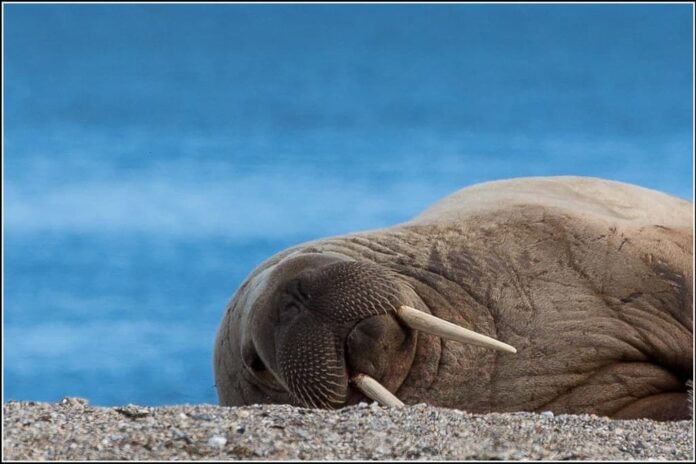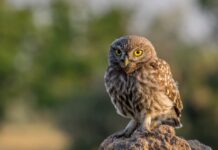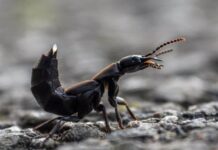Besides bats, what else comes to your mind when you think about animals with strange sleeping habits? First of all, this unusual sleeping position is beneficial to the animals due to safety reasons. Let’s skip the bats today and talk about some other animals with strange sleeping habits below.
1Dolphin
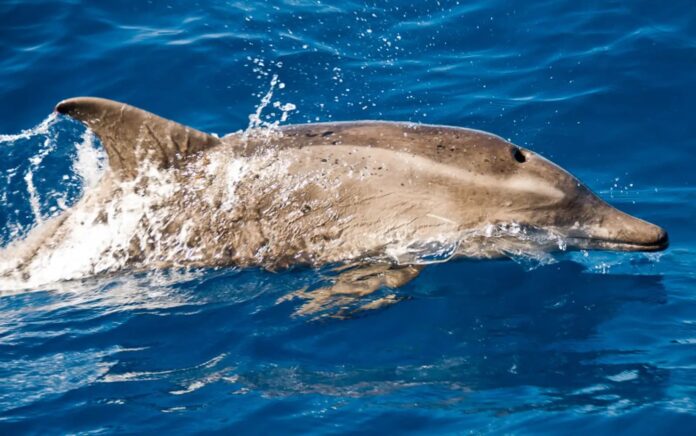
Being one of the smartest animals is not enough, dolphins are among the animals with strange sleeping habits too. The thing is that they have to consciously think about breathing even when they are sleeping. Therefore, dolphins sleep with one eye open because they have to shut down only half of their brain. This strange behavior is known as unihemispheric sleep, and it keeps the dolphins alive. By being half awake, it also stops them from drowning while looking out for potential danger or predators at the same time.
When a dolphin enters a deeper sleep, it floats horizontally near the surface with its blowhole above the water. This behavior is called logging because it looks like a log in the water. Another fascinating fact is that baby dolphins don’t sleep at all during the first month of life. They swim continuously to keep safe from predators and maintain their body temperature as they develop blubber. Along with that, mother dolphins also get almost no sleep because they have to protect their calves as they grow.
2Duck

Do you know that ducks sleep in rows, side by side? That’s not all, the ones on the outside even sleep with one eye open to watch out for dangers. This is to ensure that they can alert everyone in case there are any predators. As for the ducks in the middle, they can cozily sleep with both eyes closed. But things are more than that because ducks are one of the animals with strange sleeping habits with several sleeping behaviors.
Some ducks sleep while floating on the water, and they may tuck their heads under their wings. Using the buoyancy of the water to stay stable, they also close their eyes as well. For those who sleep on lands, they either sleep while standing or lying down. When standing, they often rest one leg while tucking the other leg up against their body to conserve body heat. If they sleep lying down, they will just close their eyes and sleep normally, usually a quick nap for a light sleep.
Have you ever wondered how such a tall animal sleeps? When everything you have is long, legs and neck, I mean, sleeping properly can be quite challenging. Giraffes often sleep standing up, and they sleep in short intervals. Normally, a giraffe sleeps for only 5 minutes each time, and they sleep only around 30 minutes a day. And the standup position is to make sure that they are ready to run. Being this tall, they cannot risk being vulnerable to predators out there while dozing off. And if needed, giraffes can go weeks without sleeping at all. As for baby giraffes, they get to sleep lying down. They tuck their legs under them and curve their long necks to rest their head on their back when they sleep. Super adorable, indeed.
3Manatee
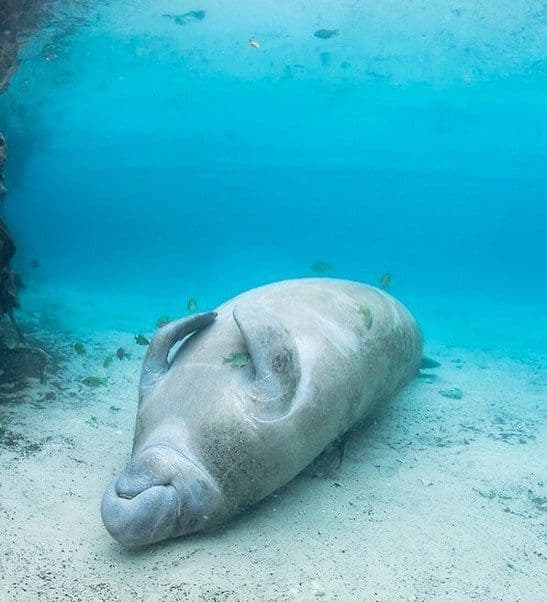
Our mermaids here have a super cute sleeping habit, and this photo says it all. Also known as sea cows, manatees sleep from 2 to 12 hours a day; usually near the water’s surface. Sometimes they sleep on the bottom of the water, normally for several hours at a time. When this is the case, they lie on their backs and they twist and turn just like humans. So they can be sleeping on their backs, bellies, or sides.
Just like dolphins, manatees also exhibit unihemispheric sleep so they will come up for air every 20 minutes or so. To be able to do that, they slow down their breathing and heart rates so that they won’t have to surface so often. On top of the adorable sleeping habit, manatees also have a cute eating habit as well. They have two forelimb flippers that they use to hold vegetation while eating, so lovely.
4Migratory Birds
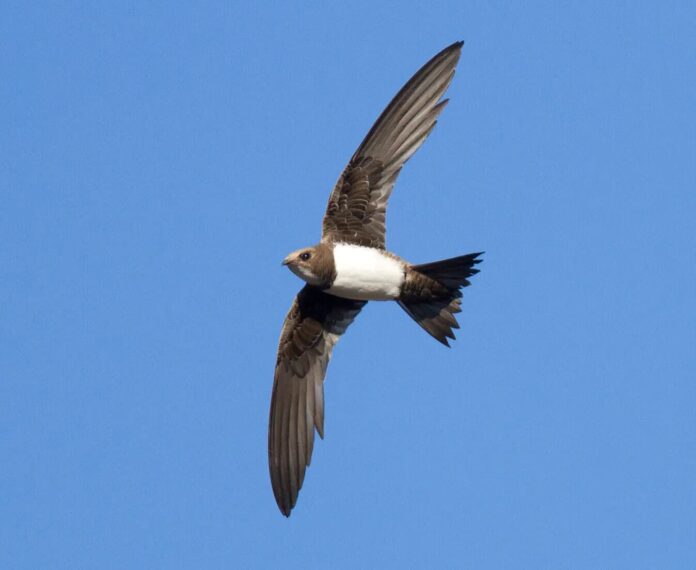
Migratory birds are always on the wings, and they spend much of their lives hunting or traveling. Some of the best examples of migratory birds are albatross and alpine swifts. These birds can stay in the air for up to 200 days straight without landing. That also means they eat and sleep while flying, and that is some impressive multitasking skills. When they sleep, these birds glide and soar instead of flapping. More than that, some birds can sleep with one eye open as half of their brain is alert while the other is asleep. Similar to fish but this behavior is called Unihemispheric Slow-Wave Sleep (USWS), and it is very beneficial to the bird. The sleeping bird will spring into action quickly from rest if a threat approaches. This also allows them to navigate and sleep at the same time without having to stop and rest.
5Sea Otter

Extremely adorable, sea otters are one of the cutest animals that can easily brighten up your mood. When it comes to nap time or sleeping time, sea otters float on their backs with their eyes closed; chilling. If they sleep in areas with strong currents, they will wrap themselves in seaweed to stop them from drifting away. And if this is not the most adorable thing ever, I don’t know what is. Actually, I do. They even hold hands together when they sleep to keep everyone together. This is called an otter raft, and there can be up to 100 sea otters linking their hands together while sleeping. Melts my heart every time I see their sleeping photos.
6Sperm Whale
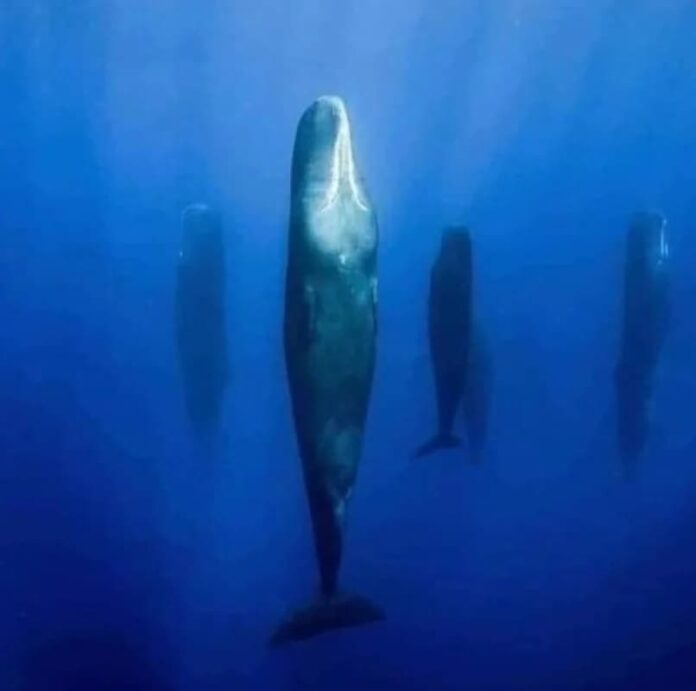
Sperm whales are also unihemispheric sleepers but they are not always like that. Back in 2008, a group of researchers was studying the behaviors and calls of sperm whales off the coast of Chile and they discovered something. There was a pod of sperm whales sleeping so soundly in the water that none of them heard the boat coming. Now, this is odd because unihemispheric sleepers were supposed to sleep with half of their brain awake. All the whales in the pod were sleeping upright and bobbing vertically in the water. Some were sleeping with their noises above water while others were completely underwater; this behavior is known as drift-diving. The boat accidentally bumped one of them, woke up the rest, and they swam away. Because of what happened, the researchers believed that sperm whales do sleep fully while drifting for 10 to 15 minutes.
7Walrus
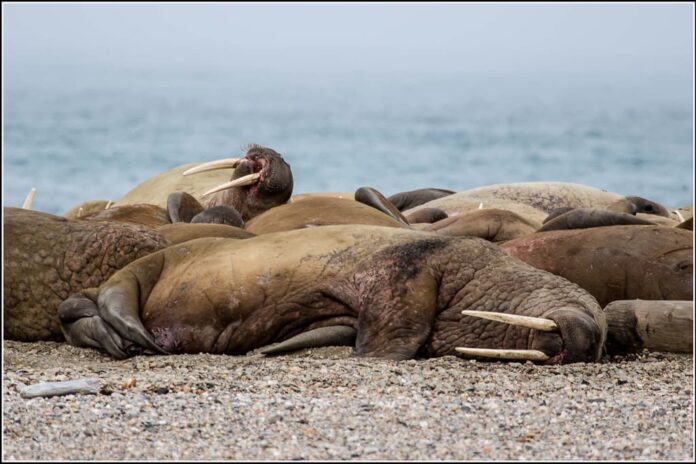
Unlike many animals with strange sleeping habits above that need to watch out for predators, walruses are rather lucky. Since they are big and dangerous, they won’t have to worry about that at all. More than that, they can literally sleep anywhere they want both in the water and on land. Some lazy ones hang their tusks from the ice while resting in the water, what a life, right? If they fall asleep on land, their deep sleep can last for up to 19 hours. And if they need to be active, they can remain so and swim for up to 84 straight.
Related Post: Animals That Sleep Through Summer

